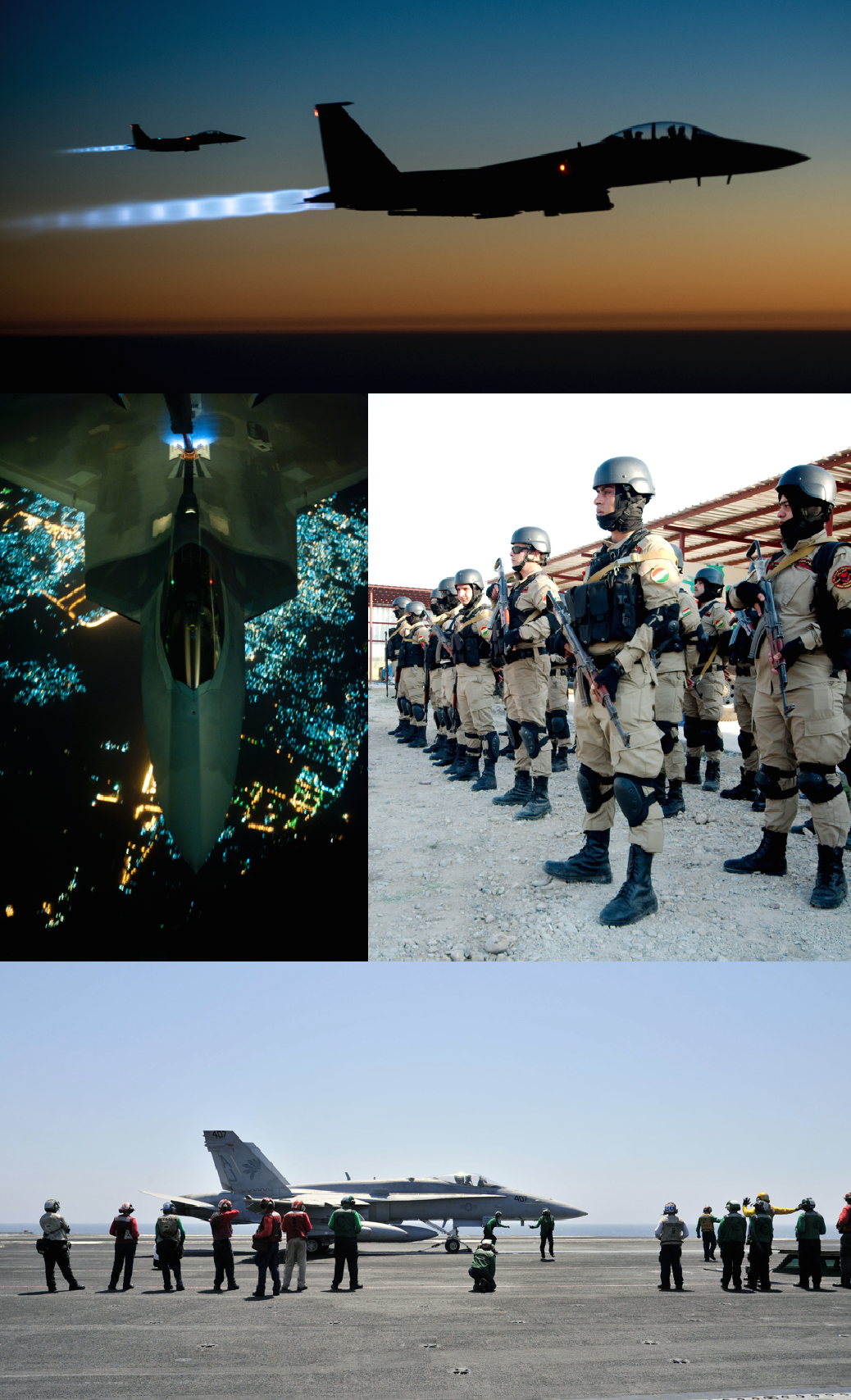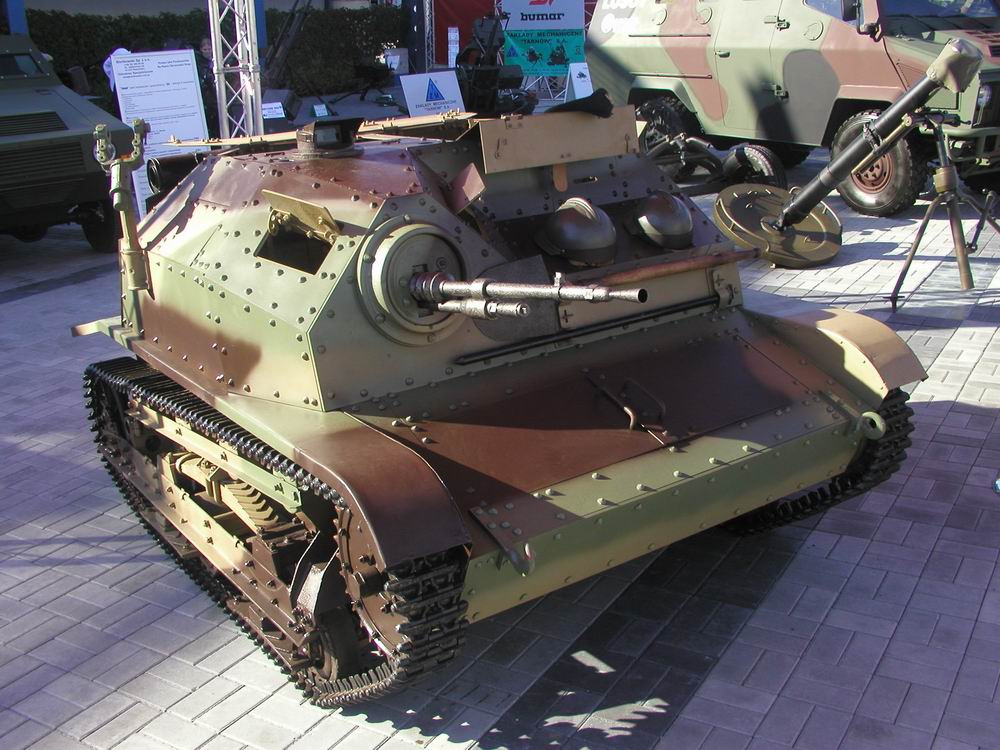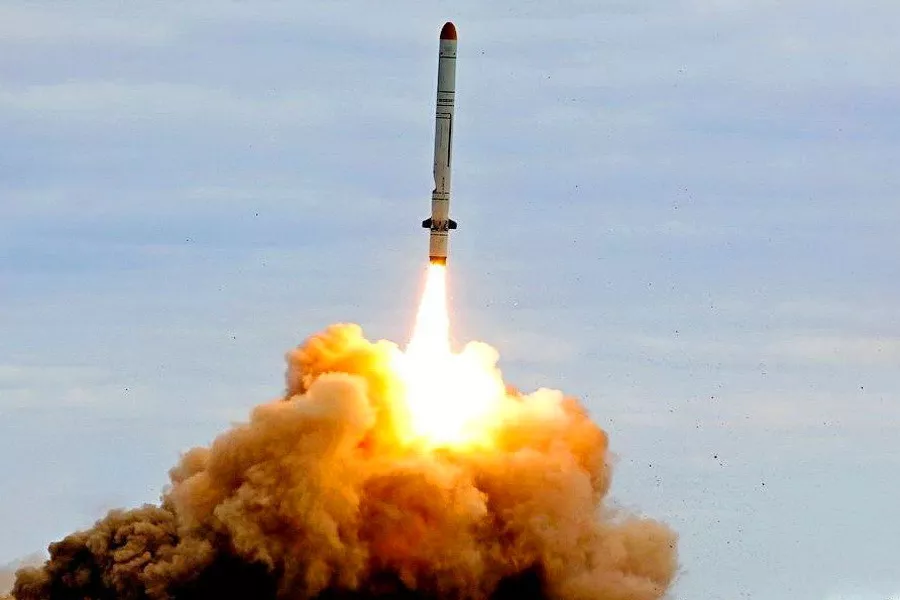
International air operation against the Islamic State

International air operation against the Islamic State
On December 19, 2018, US President Donald Trump unexpectedly announced the withdrawal of US troops from northeast Syria. The President justified this by the fact that the self-proclaimed caliphate in Syria was defeated. Thus, the long-term participation of the coalition air force in the war against the Islamic State in Syria is coming to an end (although it continues).
The international intervention against the Islamic State in Iraq and Syria (ISIS) led by the United States was authorized by United States President Barack Obama on August 7, 2014. It was primarily an air operation, the country's Air Force and an armed international coalition, which included NATO and Arab countries against ISIS extremists. The operation against the "Islamic State" in Iraq and Syria is widely known under the American code name Operation Inherent Resolve (OIR), and the national military contingents had their own code designations (Okra, Shader, Chammal, etc.). The Joint Task Force, which was supposed to support international combat operations against ISIS, was called the Joint Joint Task Force - Operation Inherent Resolve (CJTF-OIR).
The US air operation in Iraq began on August 8, 2014. On September 10, US President Barack Obama announced a strategy to combat ISIS, which included expanding airstrikes against ISIS in Syrian territory. It happened on September 23, 2014. The United States in the bombing of targets in Syria joined the Arab countries, and especially the UK from the NATO countries. Patrols and sorties over Syria have been a much smaller part of the coalition's air efforts in the Middle East compared to Iraq, where the coalition has received full legal and political legitimacy for its actions. Many countries have made it clear that the mission will only be directed against ISIS in Iraq and not in Syria. Even if operations were later extended to eastern Syria, the participation of contingents such as Belgian, Dutch and German was rather symbolic.
Permission Inherent Operation
Initially, the operation against ISIS in Iraq and Syria did not have a code name, which was criticized. Therefore, the operation was codenamed "Inner Resolve". The United States has certainly become the leader of the global coalition, which has resulted in activity in all spheres - air, ground, logistics, etc. The United States viewed the ISIS-occupied territory of eastern Syria as a battlefield equivalent to Iraq. This meant that Syrian airspace was violated without restriction due to its critical stance towards the government in Damascus and its support for the anti-government opposition.
Officially, as of August 9, 2017, the coalition has carried out 24 strikes against Islamic militant positions, including 566 in Iraq and 13 in Syria. The numbers show that the coalition - in US practice - has attacked targets in eastern Syria without restraint. The main efforts were aimed at destroying infrastructure, including oil production and transportation, and air support for the Syrian Democratic Forces (SDF), a natural ally of the anti-ISIS coalition in Syria. Recently, with the fading of hostilities in Iraq, the burden of air warfare has shifted to eastern Syria. For example, in the second half of December 331 (December 11-235), CJTF-OIR forces carried out 2018 strikes against targets in Syria and only 16 strikes against targets in Iraq.
The Americans used many bases in the Middle East, including from Al Dhafra in the United Arab Emirates, where the F-22s were based, or Al Udeida in Qatar, from where the B-52s operated. Large training camp, incl. A-10s, F-16s and F-15Es were also stationed at Incirlik, Turkey. In terms of strength and resources, the United States has deployed its entire arsenal of aviation munitions to the OIR, including over Syria, from guided missiles and bombs to cruise missiles, including the latest AGM-158B JASSM-ER with undetectable characteristics. Their combat debut took place on April 14, 2018 during an attack on Syrian chemical weapons facilities. Two B-19 bombers fired 158 AGM-1B JASSM-ER missiles - according to an official statement, all of them were supposed to hit their targets.
Unmanned combat and reconnaissance aircraft (MQ-1B, MQ-1C, MQ-9A), multi-purpose aircraft (F-15E, F-16, F / A-18), attack aircraft (A-10), strategic bomber ( B-52, B-1) and transport, air refueling, patrol, etc.
Interesting statistics were released in January 2015 after several months of OIR. At that time, 16 thousand strike missions, with 60 percent. fell on US Air Force aircraft, and 40 percent. on the aircraft of the US Navy and other members of the coalition. The percentage distribution of attacks was as follows: F-16 - 41, F-15E - 37, A-10 - 11, B-1 - 8 and F-22 - 3.

